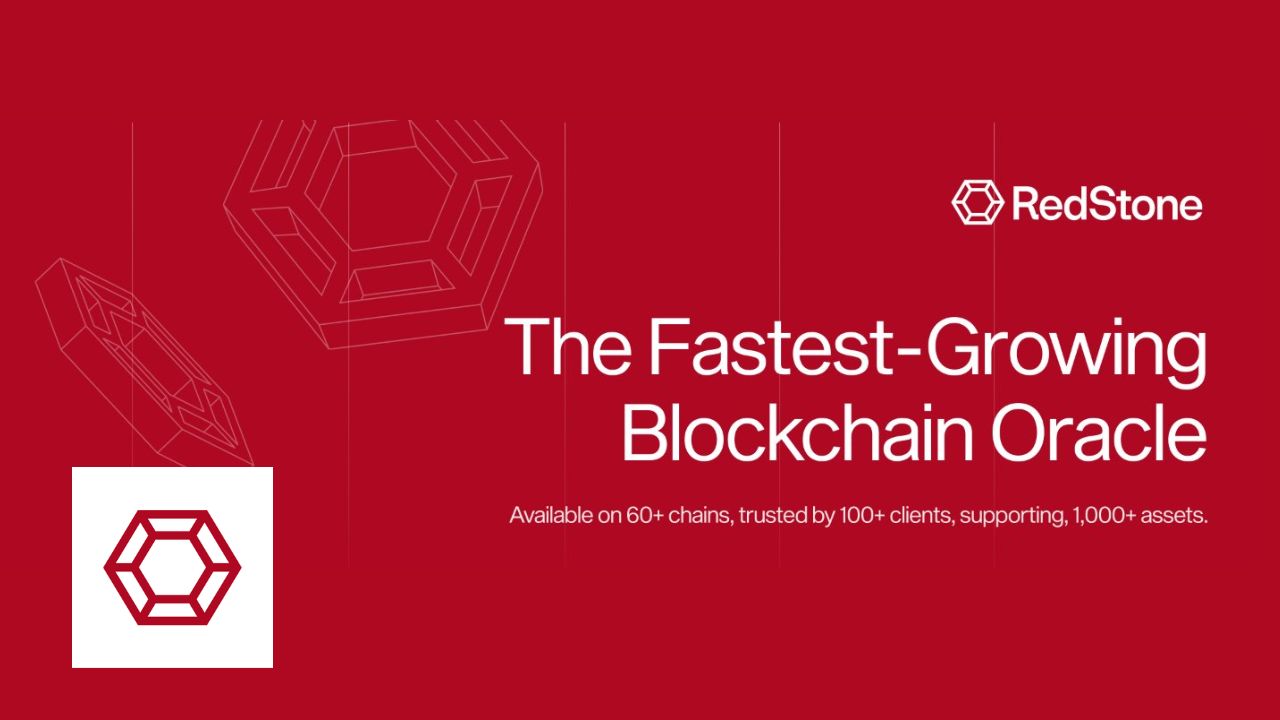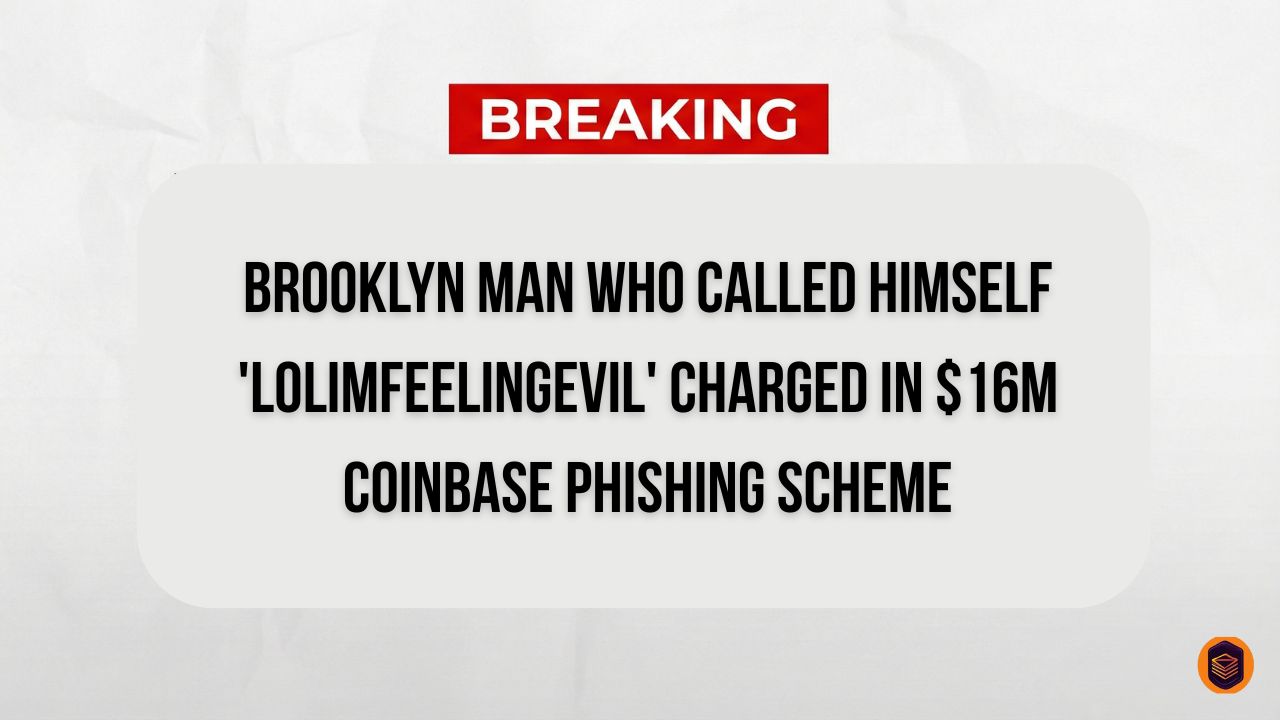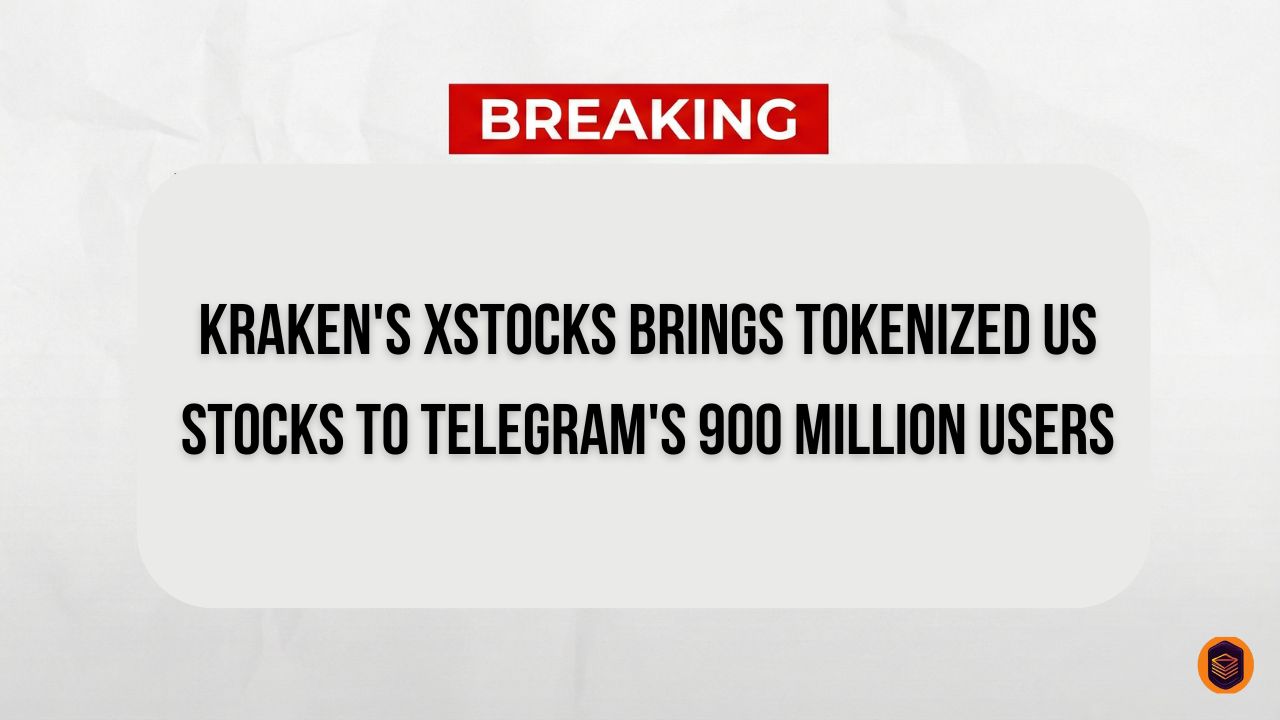In a move that’s resonating across a bruised and battered DeFi landscape, modular oracle network RedStone has officially launched Credora, a DeFi-native risk ratings platform.
The launch is just weeks after a brutal market crash on October 10 liquidated over $20 billion in leveraged positions, sending a stark reminder that high yields often hide catastrophic risk. RedStone is betting that in the wake of the chaos, clarity will be king.
The new platform, born from RedStone’s acquisition of Credora back in September, is designed to bring a new layer of transparency to lending protocols by providing dynamic risk scores and default-probability analytics.
At launch, it’s integrating directly with DeFi lending heavyweights Morpho and Spark, aiming to give users a standardized way to measure the risk they’re taking on – a feature that has been sorely missing in a market often driven by APY-chasing alone.
See also: RedStone unveils DeFi risk ratings weeks after $20B crypto market wipeout
A Direct Response to DeFi’s October Bloodbath
Let’s be clear: the timing here is no accident. The crypto market is still sweeping up the glass from the October 10 implosion that saw $20 billion in leveraged crypto positions wiped out across both centralized exchanges and DeFi protocols.
That event was a brutal stress test, and many parts of the system failed spectacularly. The contagion didn’t stop there.
More recently, the $93 million loss at Stream Finance triggered a frantic on-chain investigation, with DeFi sleuths uncovering a web of $284 million in interconnected stablecoin and DeFi risks. The incidents exposed just how dangerously intertwined and opaque DeFi credit can be.
Here’s where it gets interesting. Instead of just providing raw price data, RedStone is positioning Credora as a direct solution to these systemic blind spots.
By introducing standardized risk scoring, the hope is to make the hidden dangers visible before another cascade liquidation event can take hold.
“A new era for risk versus yield perception in DeFi is emerging with Credora,” RedStone co-founder Marcin Kaźmierczak said in the announcement, framing the launch as a pivotal step toward a “Low-Risk DeFi” movement.
From Oracles to Intelligence: RedStone Makes Its Move
In years covering crypto markets, we’ve seen oracle networks primarily as data pipelines, delivering price feeds and other raw information to smart contracts but this launch signifies something more.
RedStone isn’t just delivering data anymore; it’s providing critical intelligence.
Kaźmierczak told Cointelegraph that Credora takes a granular look at a wide array of factors, using historical data, statistical simulations, and on-chain risk assessments to quantify the probability of a loss for any given lending pool.
What caught my attention is how this fundamentally changes the user experience. Instead of comparing two lending pools based solely on their advertised returns, a user can now compare them by their relative risk scores.
This is set to be a game-changer for institutional investors who are cautiously exploring tokenized treasuries, private credit, and other structured DeFi products.
They live and die by risk analytics, and Credora speaks their language. “This allows you to map these outputs to ratings, and allow comparability across very different opportunities or even offchain instruments,” Kaźmierczak explained.
RedStone isn’t the only one who sees the writing on the wall. A broader market trend is emerging as the industry scrambles to build more robust infrastructure. On October 14, we saw S&P Global Ratings partner with Chainlink to provide on-chain risk profiles for stablecoins.
Even the U.S. government has tapped oracle providers like Chainlink and Pyth to get more transparent economic data on-chain. It seems everyone is waking up to the fact that for DeFi to grow beyond its current niche, it needs the kind of sophisticated risk tooling that traditional finance has had for decades.
Blockchain security firm Hacken also threw its hat in the ring this week, launching a service called Yield Audits, which it hopes will become the “missing credit-rating equivalent” for crypto yields.
The message from the market is loud and clear: the era of reckless, unaudited yield farming is on its last legs. Maturity is coming, and it’s being driven by the demand for verifiable, data-driven transparency.
The real story here is the much-needed culture shift away from simply chasing the highest APY. As Spark co-founder Sam MacPherson told us, “Until now, DeFi participants have had to piece together risk information from multiple sources—or worse, make decisions based on APY alone. Credora brings clarity to yield and risk.”
That sentiment perfectly captures the problem. For too long, users have been flying blind, lured in by unsustainable returns without any real way to gauge the probability of a protocol imploding underneath them.
By consolidating creditworthiness data, default probabilities, and collateral analytics into a single, unified ratings layer, Credora aims to arm users with the information they need to make smarter decisions.
Kaźmierczak confirmed that while the ratings for Morpho and SparkLend are already complete, we’re going to have to wait a little longer to see them in action. “We will work with Morpho and Spark to display on their front ends, and expect the first ratings display to happen in mid-November,” he added.
See also: What is a DeFi Wallet and How Does It Work for Beginners?
So what does this mean for your portfolio? It means the tools of the trade are getting sharper. The launch of Credora by RedStone is more than just a new product; it’s a sign that DeFi is finally growing up. The “move fast and break things” ethos is slowly being replaced by a more sustainable “move fast and don’t lose everyone’s money” approach.
For traders and investors, this is unequivocally good news. It means more data, better analytics, and hopefully, fewer catastrophic liquidations.
What I’m watching now is adoption. Will DeFi users actually use these tools? Or will the allure of a 1,000% APY on an unaudited protocol still prove too strong to resist?
The real test for Credora will come in mid-November when its ratings go live on Morpho and Spark. If users start migrating capital toward higher-rated, lower-risk pools, it will prove that the market is ready for this new era of risk-managed DeFi. If not, it may just prove that old habits die hard.
Either way, a new battleground has been defined, and it’s not about who has the highest yield, but who has the clearest picture of risk.
See also: Crypto Leverage Trading a ‘Major Problem’, Says Former FTX US President
Discover more from Dipprofit
Subscribe to get the latest posts sent to your email.



